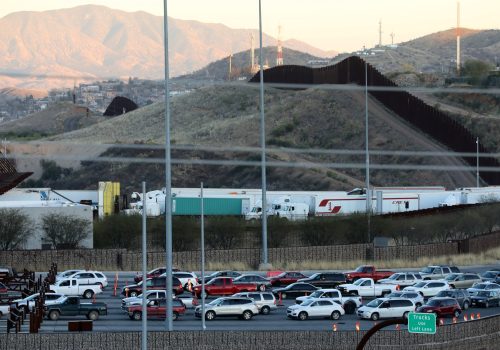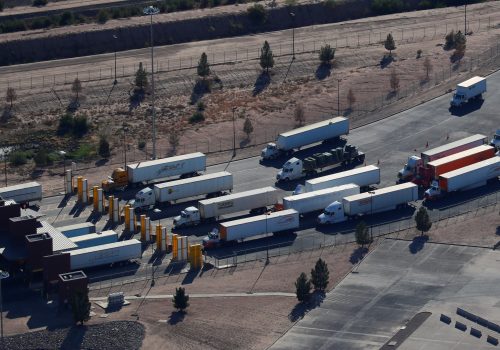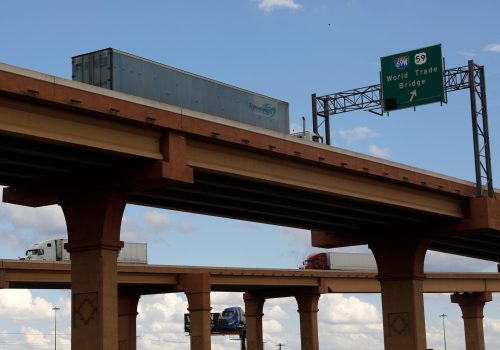Atlantic Council research shows that a mere 10-minute reduction in wait times at the US-Mexico border can have increasingly positive effects on communities and economies on both sides of the border. The Adrienne Arsht Latin America Center, in collaboration with the Hunt Institute for Global Competitiveness and Colegio de la Frontera Norte, analyzed three major potential economic impacts of this reduction. The first, “The economic impact of a more efficient US-Mexico border: How reducing wait times at land ports of entry would promote commerce, resilience, and job creation,” looks at the impact of a 10-minute reduction for Mexico and the United States on a national level. The second, “The transformative power of reduced wait times at the US-Mexico border: Economic benefits for border states,” looks at the economic impact for the United States’ four and Mexico’s six border states. The third, and final report “US-Mexico commerce: Tracking the final destination and Mexico’s fiscal benefit with Greater Border Efficiency,” tracks the final destination and economic impact of commerce entering the United States via three key ports of entry.
This interactive map summarizes the three reports’ findings. It separates the data into US national benefits, US border benefits, Mexico national benefits, and Mexico border benefits. The red dots analyze three specific ports of entry — San Diego, California; El Paso, Texas; and Laredo, Texas — tracking where cargo passing through each ends up in the United States.
Click along the map to find out more about the economic impact of a 10-minute reduction in wait times at the US-Mexico border.



